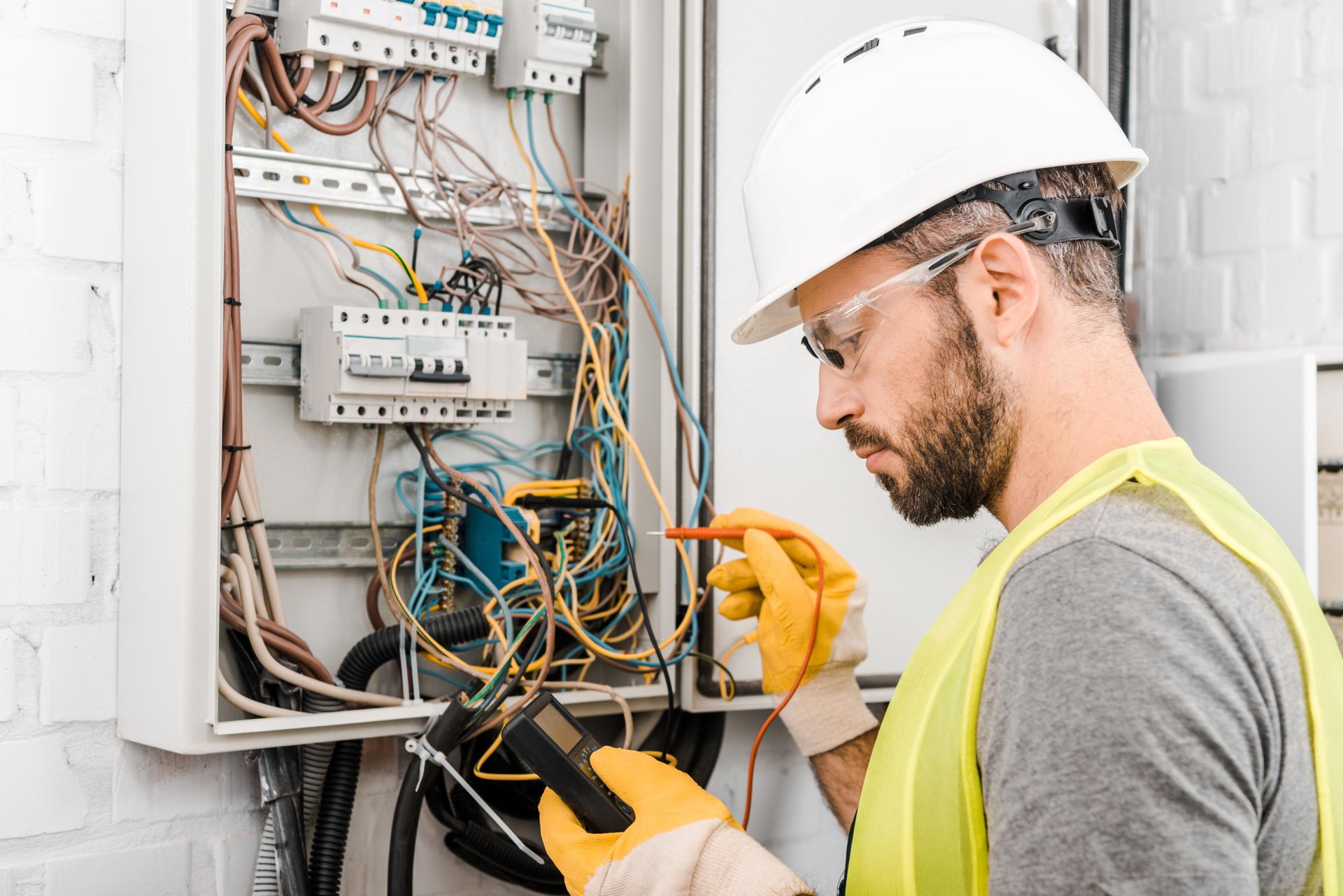How Electrical Wiring Operates Inside Your Home: An Exhaustive Overview

Electricity is a vital part of our daily lives, supplying everything from the lighting in our homes to the gadgets we use on a daily basis. However, electricity systems are complex, and understanding how they operate can be difficult. In this article we’ll breakdown the components that make up an electric system, and explain how circuits work to power devices and appliances. Our residential electricians can handle any electrical jobs you need.
Components of an Electrical System
An electrical system is comprised of several key components that work together to supply power to a home. This includes:
Breaker box: the central distribution point for electric power in a home, where the electricity is divided into different circuits
Switches and outlets: points where electricity is delivered to appliances and devices
Wiring: the wires that transmit power from the breaker box to outlets and switches
Electronic appliances and gadgets: the appliances and gadgets that rely on electricity to function
Electrical Circuits
The term "electrical circuit" refers to one that lets electricity flow from the source (the the breaker box) to the devices and appliances in the home. There are two types of electrical circuits in the home which are 120-volt circuits and circuits with 240-volt voltage. 120-volt circuits are used for most household devices and appliances, whereas the 240-volt circuits are utilized for larger appliances such as air conditioners and electric dryers.
Electrical circuits function by creating an electrical loop that allows power to flow from the source into the device or appliance. The loop is made up of a hot wire which carries the electricity, a neutral wire that completes the circuit and a ground wire that provides an avenue for electricity to reach the ground in the event of a fault.
Understanding the electrical Wiring
Electrical wiring is available in many kinds, such as non-metallic sheathed cable (NM), armored cable (AC) and conduit. Each kind has its advantages and disadvantages, and the choice of wiring type depends on the specific needs for the particular installation.
Wiring conducts electricity through a flow of electrons through the wire. Electrons move from the source to the appliance or device and then back to the source using the neutral wire. It is crucial to make sure that the wiring is put in place and maintained properly, since improper wiring can cause electrical dangers like shocks and fires.
Common Electrical Problems
Common electrical issues that homeowners face include tripping the light bulbs, flickering breakers and electrical outlets that are not working. The causes of these issues could be due to a variety of reasons, including overloading circuits, broken connections, and defective wiring.
If you experience one of these problems, it’s crucial to pinpoint the root cause and take action to fix the problem. In some cases this could mean contacting a licensed electrician to inspect and repair the wiring.
Conclusion as well as a Call to Action
Understanding the way electrical wiring functions is essential to ensure the safety and reliability of the electrical system in your home. If you follow the rules laid out in this document and you will be able to remain safe and prevent potential hazards.
In case you’ve got any questions or concerns regarding your home’s electrical system, don’t hesitate to contact Local Electrician Mt Druitt. Our electricians are licensed and have the knowledge and expertise to meet your electrical requirements. Contact us at 1300 610 481 to schedule a consultation.
FAQ
What are the symptoms of an electrical wiring issue?
Signs of defective electrical wiring may include tripping breakers flashing lights, and electrical outlets that are not working, for example.
What is the best time to have my home’s electrical system inspected?
It’s suggested that you have your home’s electrical system examined by an authorized electrician each 10 years.
What is the expected lifespan of electrical wiring?
The life span of electrical wiring is dependent on a variety of factors, including the type of wiring used, the location it’s located in, as well as the quality of the installation. The majority of electrical wiring can last as long as 30-years or longer, with correct installation and care.
Do I need to fix electrical issues myself , or do I need to engage an electrician?
Although some electrical issues can be solved by homeowners, it’s advised to hire an authorized electrician for the majority of electrical repairs. If you attempt to fix electrical issues without proper training and expertise is risky and can result in damage or injury in your house.
What should I do if encounter an electrical problem at home?
If you encounter an electrical problem, the first step is to turn off the power to the affected area by shutting off the breaker or the fuse. Then, contact an authorized electrician to inspect and repair the issue as soon as you can.
By following these rules By following these rules, you can ensure security and reliability of your home’s electrical system , and avoid potential hazards. Be aware that when it comes to electrical repairs or installations, it’s best to trust the experts. Call Local Electrician Mt Druitt at 1300 610 481 for all your electrical concerns.
